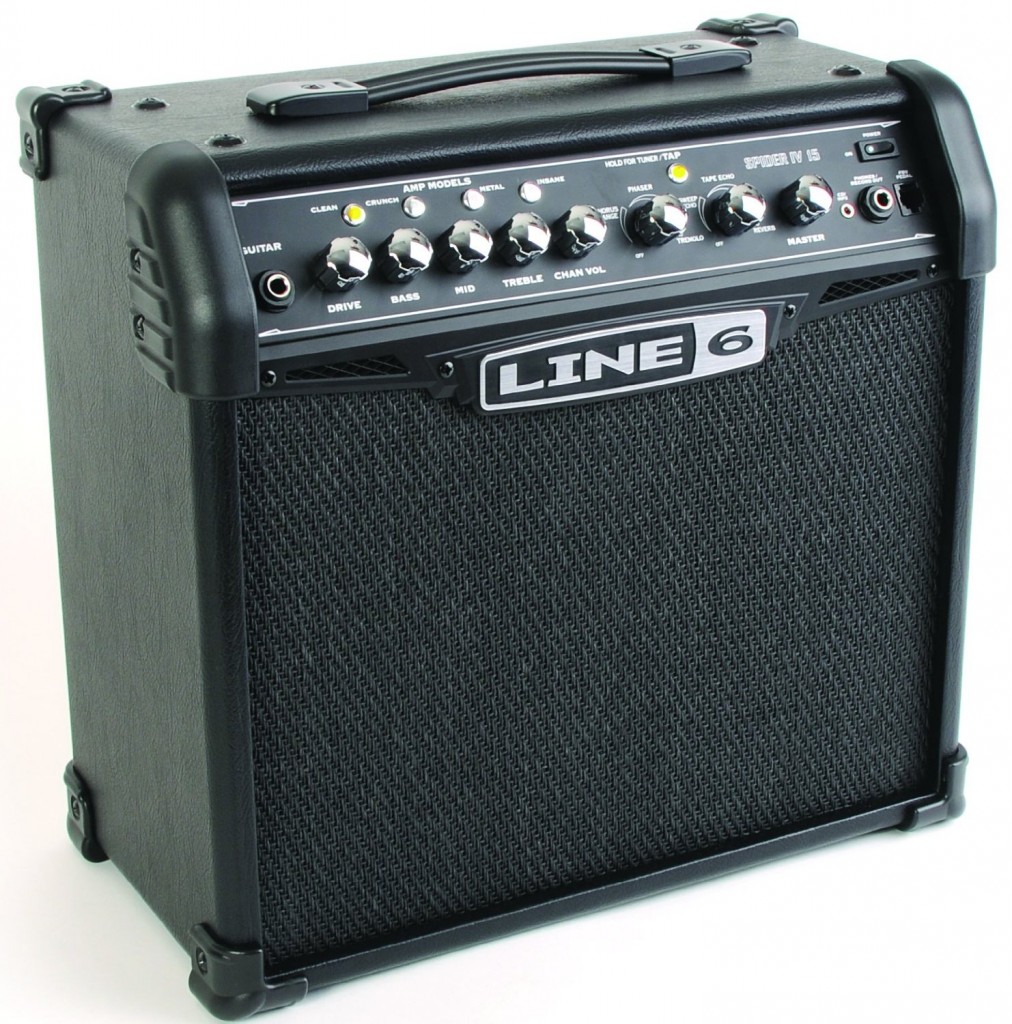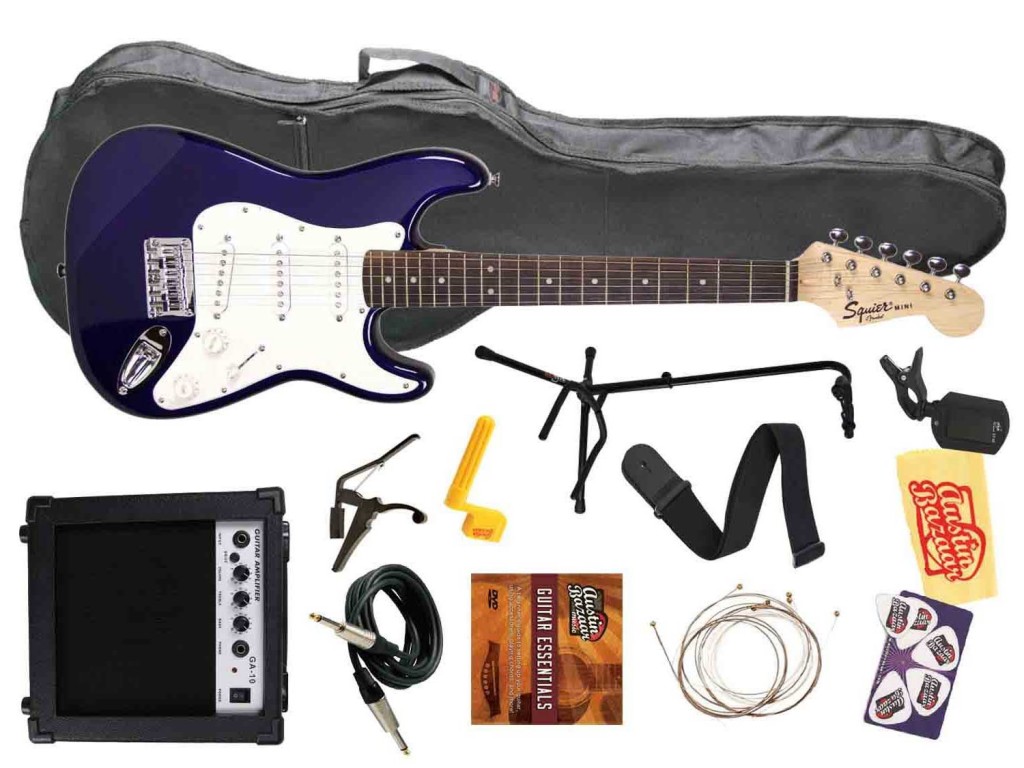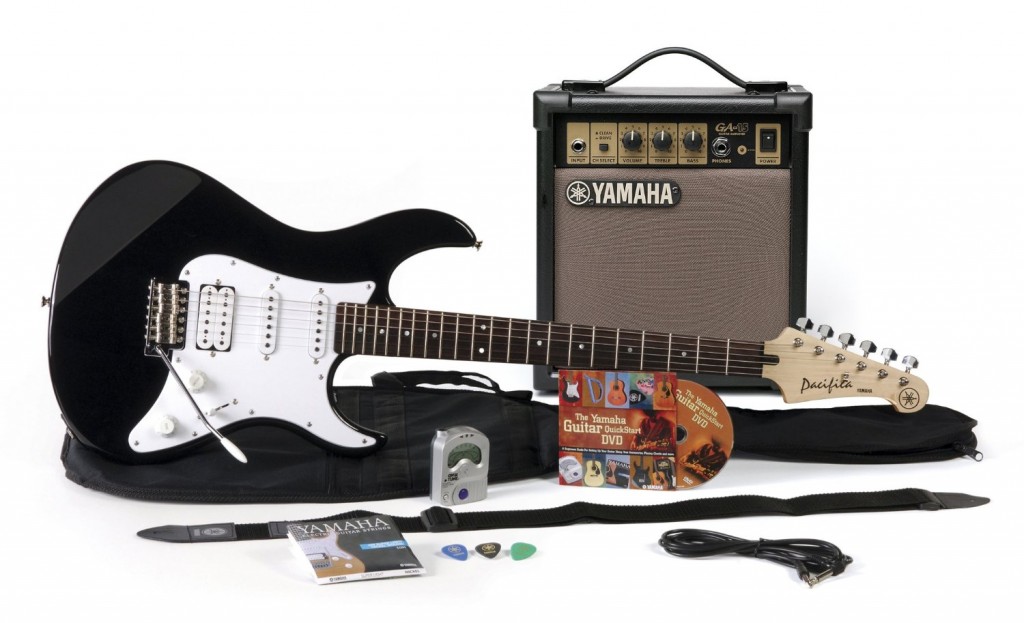
This incredible guitar amplifier made by Line 6 packs a lot of power in a small format. At only 15 watts, it is still loud enough to be heard over a block away.
Features Include:
- 15 watts; 1×8″ custom speaker; three-quarter closed-back cabinet adds a tight, snappy response
- 4 dialed in amp models: Create and save 4 complete amp settings with amp model, EQ, gain and effect settings, and recall them with the push of a button
- 6 Smart FX based on celebrated stompbox and studio effects; tangy Chorus/Flange, swirly Phaser, expressive Tremolo, beautiful Tape and Sweep Echoes, and syrupy Reverb; 2 FX at once
- Bass, Mid, Treble, Drive, Channel volume; Master volume; FBV foot controllers can add everything from wah-wah and volume control to tap tempo, a chromatic tuner display and simple channel switching
- Built-in tuner; 1/4-inch input; 1/4-inch headphone/direct output; 1/8-inch CD/MP3 input; FBV foot controller jack





